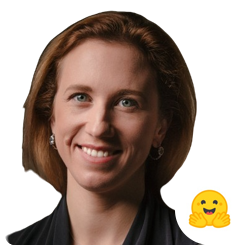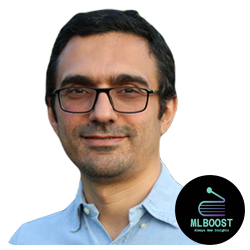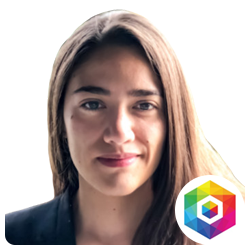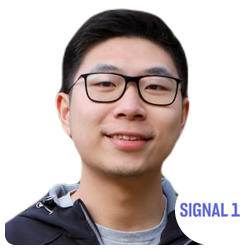8th Annual Toronto Machine Learning Summit (TMLS) 2024
Celebrating Canadian Applied AI Innovation
July 10th - Virtual Workshops & Talks
July 11th - In-person Workshops
July 12th & 15th - In-person talks & Networking
July 13th - Optional Hackathon (add on)
July 14th - Hike at High Park
July 12th-15th In-Person
at RBC WaterPark Place
Drop us a line: info@torontomachinelearning.com
Sponsorships: faraz@torontomachinelearning.com
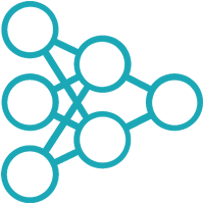
Why Attend
A Unique Experience
For 8 years TMLS has hosted a unique blend of cutting-edge research, hands-on workshops, & vetted industry case studies reviewed by the Committee for your team’s expansion & growth.
We emphasize community, learning, and accessibility.
Join Today
Explore the Uncharted Frontiers of Generative AI
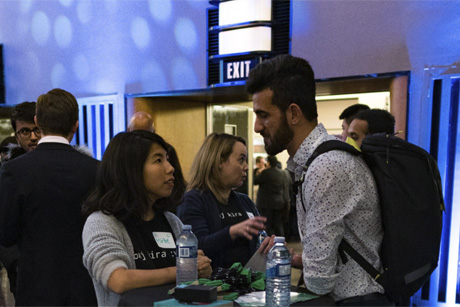
Big Ideas Showcase
See groundbreaking innovations and meet the innovators pushing technological boundaries in Gen-AI.
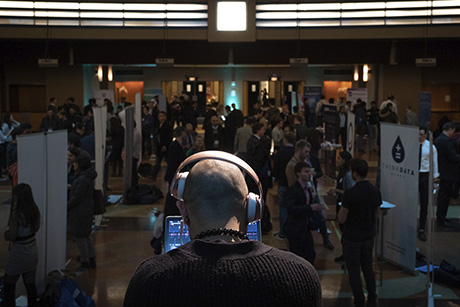
Explore & Network
How Does it Work?
Virtual Talks & Workshops
Join 13 talks and hands-on workshops virtual.

July 10th
9:30 AM – 5:05 PM EST
Up Skill via Workshops
In-person bonus hands-on workshops.

101 College St,
Toronto, ON M5G 1L7
July 11th
9:30 AM – 4:15 PM EST
Plot Your Schedule and Attend the Summit!
See 60+ talks, case-studies in various tracks and Industries.

Toronto, ON M5J 0B6
July 12th & 15th
8:45 AM – 4:50 PM
Paid Add-On Hackathon
“Building Applications with Open Source LLMs for Fun and Profit” hackathon.
No Summit ticket purchase necessary.

Toronto, ON M5T 2C2
9 AM – 8 PM EST
Hike at High Park
Join us at High Park for an afternoon to network and wind-down with fellow attendees.

High Park North Gates
1873 Bloor St W, Toronto, ON M6R 2Z3
11 AM – 2 PM EST
Event Speakers

Winston Li
Founder, Arima
Talk Title: Dynamic Huff's Gravity Model with Covariates for Site Visitation Prediction
Sponsors & Partners
Platinum Sponsor
Sponsors
Exhibitors
Community Partners
Interested in Partnering? Email Faraz at faraz@torontomachinelearning.com
Who Attends
2023 Event Demographics
2023 Technical Background
2023 Attendees & Thought Leadership
Business Leaders: C-Level Executives, Project Managers, and Product Owners will get to explore best practices, methodologies, principles, and practices for achieving ROI.
Engineers, Researchers, Data Practitioners: Will get a better understanding of the challenges, solutions, and ideas being offered via breakouts & workshops on Natural Language Processing, Neural Nets, Reinforcement Learning, Generative Adversarial Networks (GANs), Evolution Strategies, AutoML, and more.
Job Seekers: Will have the opportunity to network virtually and meet over 30+ Top Al Companies.
TMLS is a community response addressing the need to unite academic research, industry opportunities and business strategy in an environment that is safe, welcoming and constructive for those working in the fields of ML/AI.
See our team and learn more about the Toronto Machine Learning Society here.









